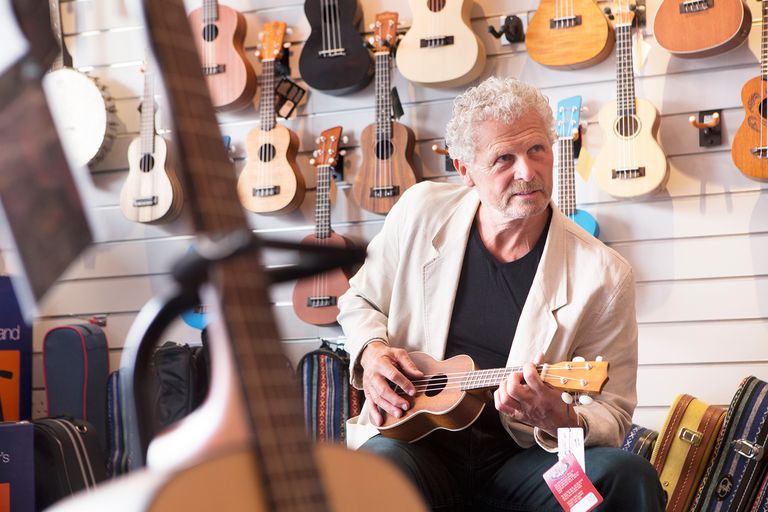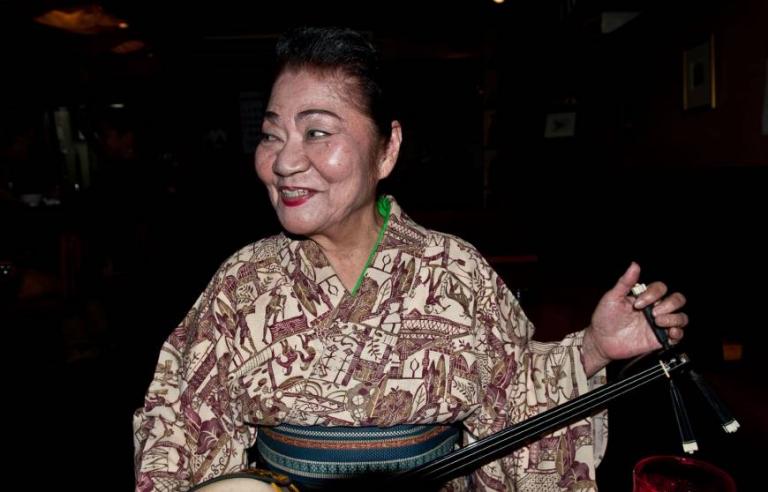Folk Music Accompanying Social Life
2 min readOn the lunar New Year’s Eve in 1998, in the golden halls of Vienna, the lively and magnificent Radetzky March was played with convention, and also with exotic flavor; it was the sound of nature from an ancient oriental civilization-an ensemble of Chinese traditional instruments. The West was enchanted by Chinese folk music, which has since travelled all over the world.

As the best accompaniment to social life, traditional Chinese music is played on various occasions such as weddings, funerals and harvest festivals. Different instruments have different styles and convey different emotions. The percussions sound warm and spirited; the strings, melodious and elegant. Sizhuyue(the tunes performed on stringed and woodwind instruments), popular in Jiangsu and Zhejiang, are exquisite, while Chuidayue(those played on wind and percussion instruments), popular in Xi’ an, are masculine.
Today, with pop music sweeping the world, traditional music still has numerous fans who are handing it down to younger generations. Famous pieces such as Mei Hua San Nong(Three Variations of Plum Blossom) played with bamboo flute, Shi Mian Mai Fu(Ambush from All Sides) played with pipa(a plucked string instrument with afretted fingerboard) and the ensemble Chun Jiang Hua Yue Ye(Spring River on a Moonlit Night) have been played and enjoyed for hundreds of years. Chinese parents often choose an traditional instrument for their children to learn to play, expecting music to open the door to traditional Chinese culture for them.
Music plays a crucial role in traditional operas and folk arts. For example, wenchang (civil scene) ofthe traditional opera is accompanied by a stringed instrument such as urheen, yu-kin and sanxian(a three stringed plucked instrument), while wuchang (martialscene) is accompanied by percussive instruments such as drums and gongs. Amateurs usually cannot only sing but also play these instruments. In Chinese parks, visitorscan often find energetic old men practicing opera singing with jinhu(a two-stringed instrument).
Local music troupes give traditional music another flavor. With simple and ordinary villagers as performers, these troupes are really of the people and for the people.

The self-taught musicians play at weddings, funerals and important farming occasions such as the transplanting of rice seedlings and tea-leaf picking right in the field.
Popular in north Shaanxi Province where almost every village has its own troupe and every family has one or two drummers, Ansai waist drum is a folk instrumentwith a powerful primitive charm. When the drums are beaten, the earth seems to tremble and the mountains seem to sway. Compared to the masculine instrument of the rugged loess plateau, guzheng, which is popular in the greenery of Jiangnan(south of the lower reaches of the Yangtze River) with mild weather, sounds elegant and sweet. The Moon Appreciating Evening on Mid-Autumn Day at the 24-bridge in Yangzhou, Jiangsu Province, features a guzheng ensemble.








